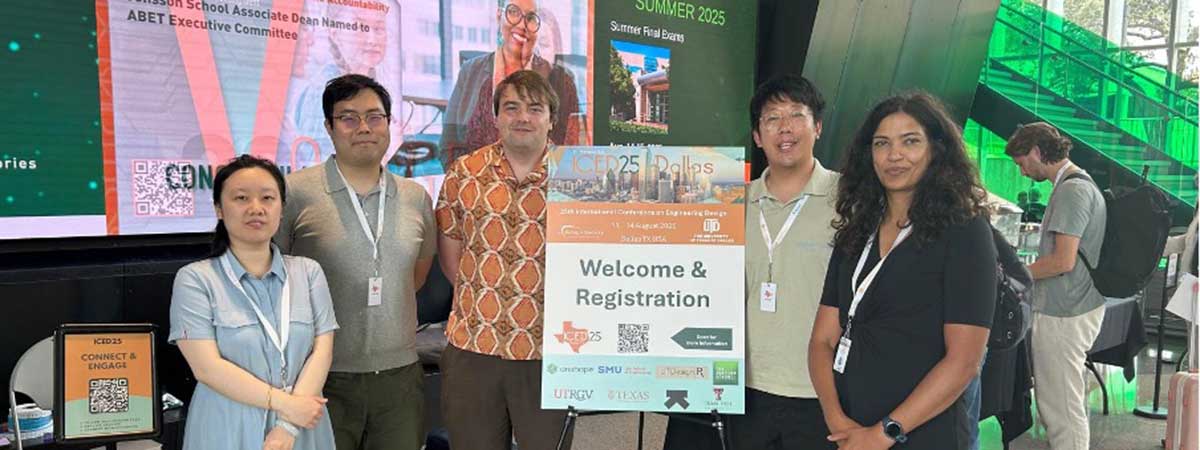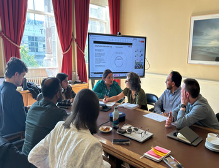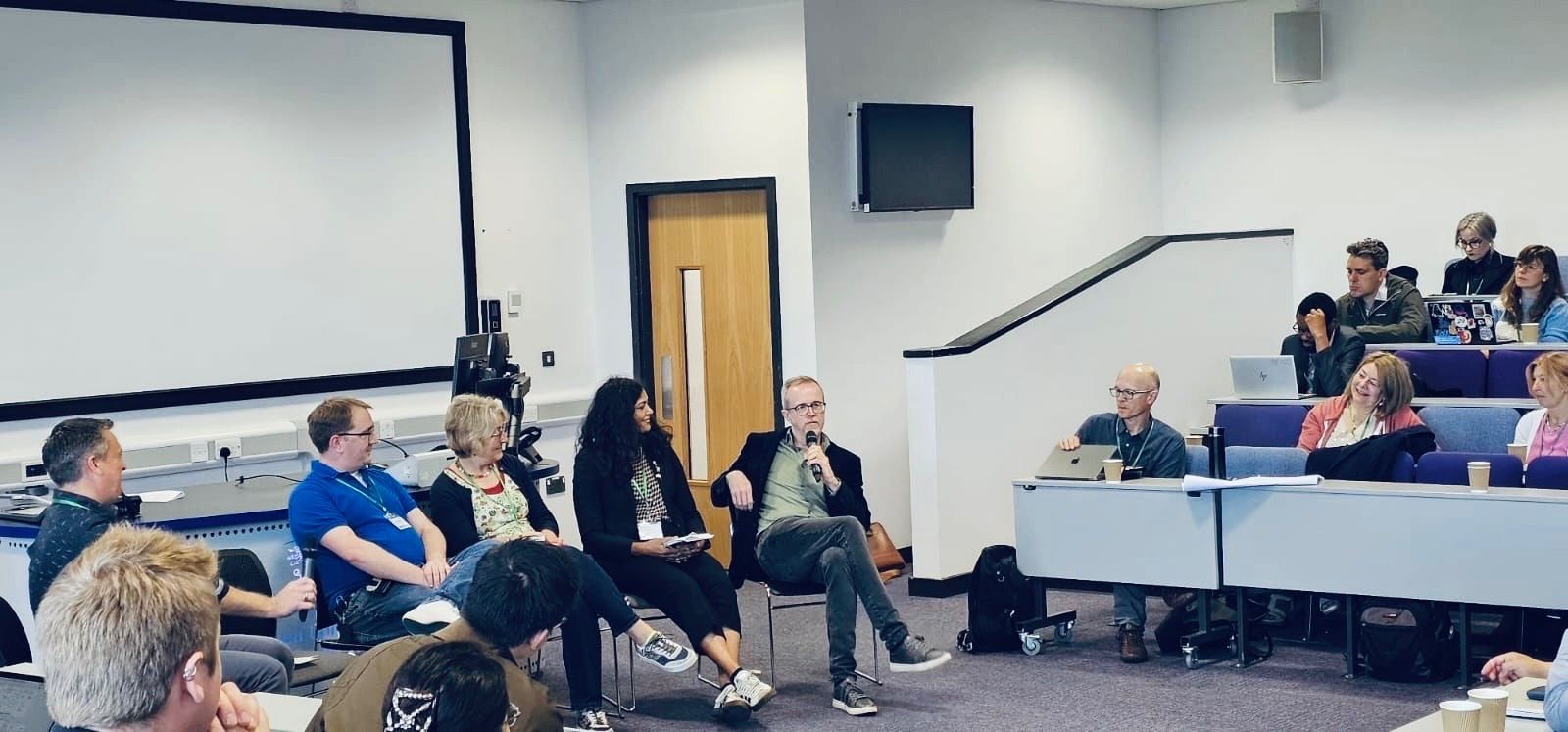At the close of the 20th century, the term “Internet of Things” was first introduced. Since then, the phenomenon driving this technological advancement has continued to grow rapidly, with projections of over 24 billion IoT devices expected to be connected to the Internet by 2030. In almost every industry, businesses engage in the rollout of an IoT-based product. However, it has come to light that most businesses are only adopting IoT to a limited extent, often at the proof-of-concept stage, leading to nearly three-quarters of IoT device implementations ending in failure. As a result, this topic has become a central focus at numerous technology conferences, including the Hardware Pioneers Max exhibition and conference. This event, held in London on 13 July 2023, is dedicated to cutting-edge technologies and solutions, particularly in the realms of AI hardware, connected devices (IoT), and security.
Continued below the video
Watch the video
In response to the considerable interest from practitioners, I had the privilege of delivering a presentation titled “Three Approaches to IoT Value Creation”. I was among the 24 chosen speakers at the UK’s largest exhibition and conference. The content of this blog post is largely drawn from my talk, consisting of our DIGIT Lab project (Data-Driven Design: Current Landscape) and my Ph.D. research on IoT new product development (NPD) processes and three distinct value creation approaches.
In comparison and contrast to conventional product development and new product development process models, I introduced a novel conceptual model for the IoT NPD process, referred to as the “Mobius strip model.” This model was formulated through a qualitative case study methodology, designed to capture the intricacies of complex IoT development practices, challenges, and value creation. The model posits three continuous loops of value creation and NPD cycles, each centred around hardware, software, and data/algorithms-driven value creation. I elaborate on each approach by providing examples of IoT development cases. These examples offer engineers a comprehensive understanding of the hardware/software development cycle and the interplay between these components. I also introduce the framework of data-driven design activities within the new product service development process. It is developed through a systematic review of 140 papers, proposing seven design activities utilising data or machine learning.
Practitioners could be challenged to rethink how to use data to create value across new product and service development processes. Also, firms can better apply data to product and service development in their business context.
Read the full paper
Selected feedback on the talk from the audience:
“Big applause for Boyeun and full agreement. And now we need to transfer this knowledge to our students aka next-generation developers and designers for the IoT”
Dr Albrecht Kurze, Faculty of Computer Science, Chemnitz University of Technology
“The mobius strip model certainly made us aware of different aspects in the NPD cycle including the importance of the data flow from our sensors to create more value, especially over the long term and the ability to provide updates to our software based on the data mining results. Your talk was very useful to guide us through the murky NPD process. It has been very helpful for us to align with the best practices in the industry”
Ananth, A software engineer





